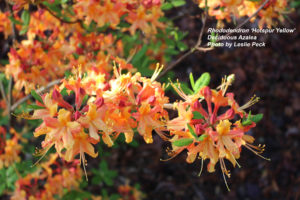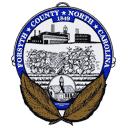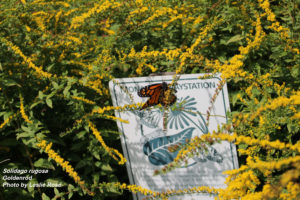The Home Landscape
go.ncsu.edu/readext?761286
en Español / em Português
El inglés es el idioma de control de esta página. En la medida en que haya algún conflicto entre la traducción al inglés y la traducción, el inglés prevalece.
Al hacer clic en el enlace de traducción se activa un servicio de traducción gratuito para convertir la página al español. Al igual que con cualquier traducción por Internet, la conversión no es sensible al contexto y puede que no traduzca el texto en su significado original. NC State Extension no garantiza la exactitud del texto traducido. Por favor, tenga en cuenta que algunas aplicaciones y/o servicios pueden no funcionar como se espera cuando se traducen.
Português
Inglês é o idioma de controle desta página. Na medida que haja algum conflito entre o texto original em Inglês e a tradução, o Inglês prevalece.
Ao clicar no link de tradução, um serviço gratuito de tradução será ativado para converter a página para o Português. Como em qualquer tradução pela internet, a conversão não é sensivel ao contexto e pode não ocorrer a tradução para o significado orginal. O serviço de Extensão da Carolina do Norte (NC State Extension) não garante a exatidão do texto traduzido. Por favor, observe que algumas funções ou serviços podem não funcionar como esperado após a tradução.
English
English is the controlling language of this page. To the extent there is any conflict between the English text and the translation, English controls.
Clicking on the translation link activates a free translation service to convert the page to Spanish. As with any Internet translation, the conversion is not context-sensitive and may not translate the text to its original meaning. NC State Extension does not guarantee the accuracy of the translated text. Please note that some applications and/or services may not function as expected when translated.
Collapse ▲The resources listed on this page will help you when you are taking care of ornamental plants in your yard. These include annuals, perennials, shrubs, and trees.
Native Plants
Native plants are a popular choice in North Carolina landscapes. Plants that are native to North Carolina are well-adapted to our area and will support birds, butterflies, and other wildlife. There are so many reasons to choose native plants, learn more about their benefits and what plants you may want to use through the resources below.
Publications & Articles
- Extension Gardener Handbook, Chapter 12: Native Plants
- Landscaping for Wildlife with Native Plants
- Butterflies in Your Backyard
- Native Plants for Bees
Websites
- North Carolina Native Plant Society
- NC Native Plant Society, Recommended Species
- Audubon Society, Native Plants Database
Books
- Native Plants of the Southeast: A Comprehensive Guide to the Best 460 Species for the Garden. Larry Mellichamp.
- Bringing Nature Home: How You Can Sustain Wildlife with Native Plants. Douglas W. Tallamy.
Printable list of resources on native plants.

Pruning Ornamental Trees & Shrubs
Pruning questions are some of the most common questions we receive, from both new and experienced gardeners. Check out this article about pruning trees and shrubs in the landscape.
Planning & Choosing Plants for the Garden
What should I plant in my yard? This is a complicated question, and the answer will be unique to you. Check out the Selecting Landscape Plants page for some help.
What should I think about when adding perennial plants to my yard? Find out information specific to perennial plants on the Your Perennial Border page.
Watch this video to learn about the benefits of growing perennial plants in your garden.
Growing Perennial Plants
Perennial plants return to the garden year after year. Herbaceous perennials will die back to the ground and grow back from stores in their root or crown, while woody perennials have stems that persist year round. Gardening with perennial plants is very rewarding. If you want to learn more about perennial gardening, visit the Your Perennial Border page for tips from site assessment, plant selection, through maintenance and division.
Growing Bulbs
Bulbs are an excellent way to add color and interest to the garden. Some bulbs, like daffodils, crocus, and tulips, are planted in the fall – these typically bloom in early spring. Other bulbs, such as caladiums and dahlias, are planted in the spring and bloom in the summer. In North Carolina, some bulbs will come back year after year as perennials, but other bulbs are annuals and only grow for one season. If you’d like to learn more about growing and caring for plants from bulbs, watch this video playlist from Horticulture Agent Leslie Rose.
Landscape FAQs
I have boxwoods in my landscape and I’m concerned about boxwood blight. What should I do? Read this article about boxwood blight for information about symptoms and management of this plant disease.
I have lots of weeds in my garden! What are they and how do I control them? A good place to start is our publication, Identifying and Managing Landscape Weeds.
I want to start a container garden, how do I do that? See our container gardening information page for details on this topic and be sure to watch this video on container gardening basics.
How can I garden to support bees and other pollinators? This is a really great thing to do in your yard! See our information about native plants for bees.
I planted something in my yard, and now we’re expected to get a late spring frost. What should I do? Watch this video for tips on how to protect the garden from frost in the spring.





